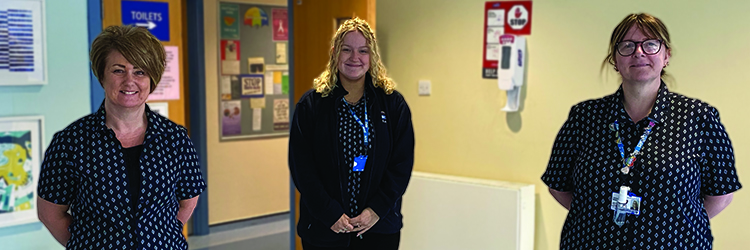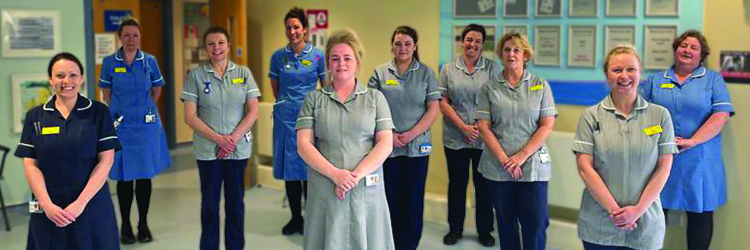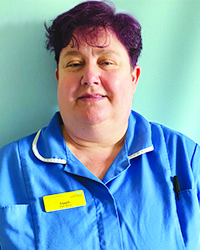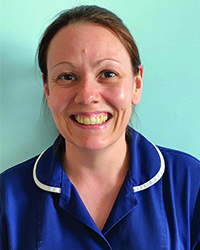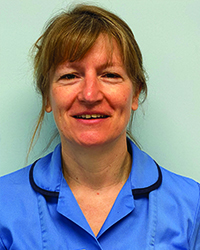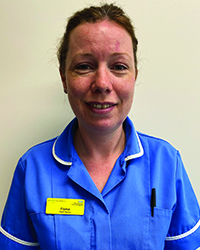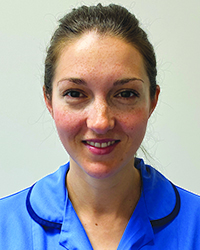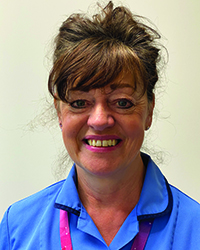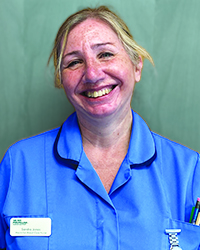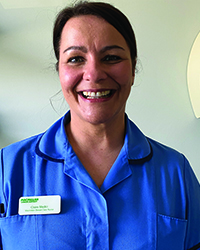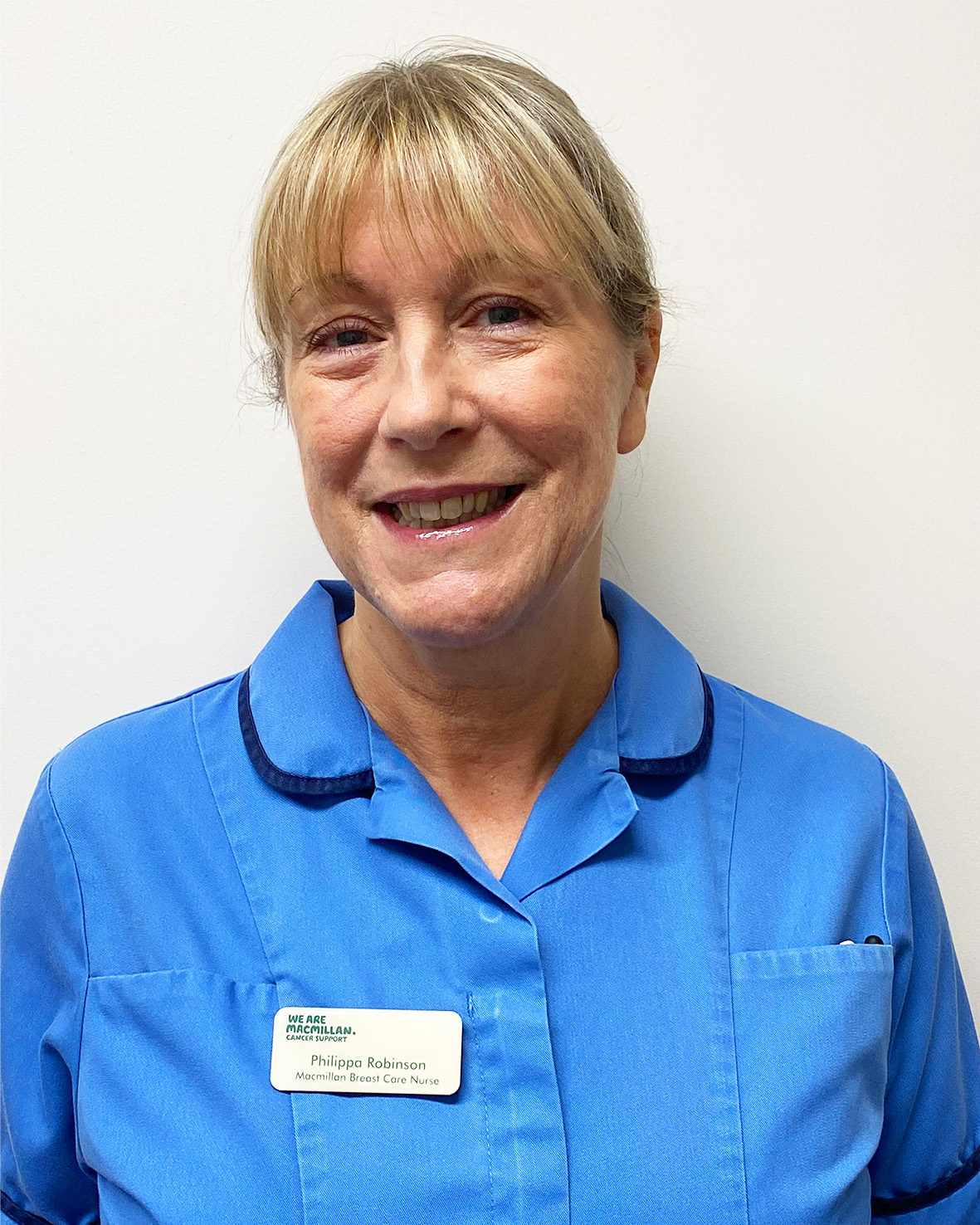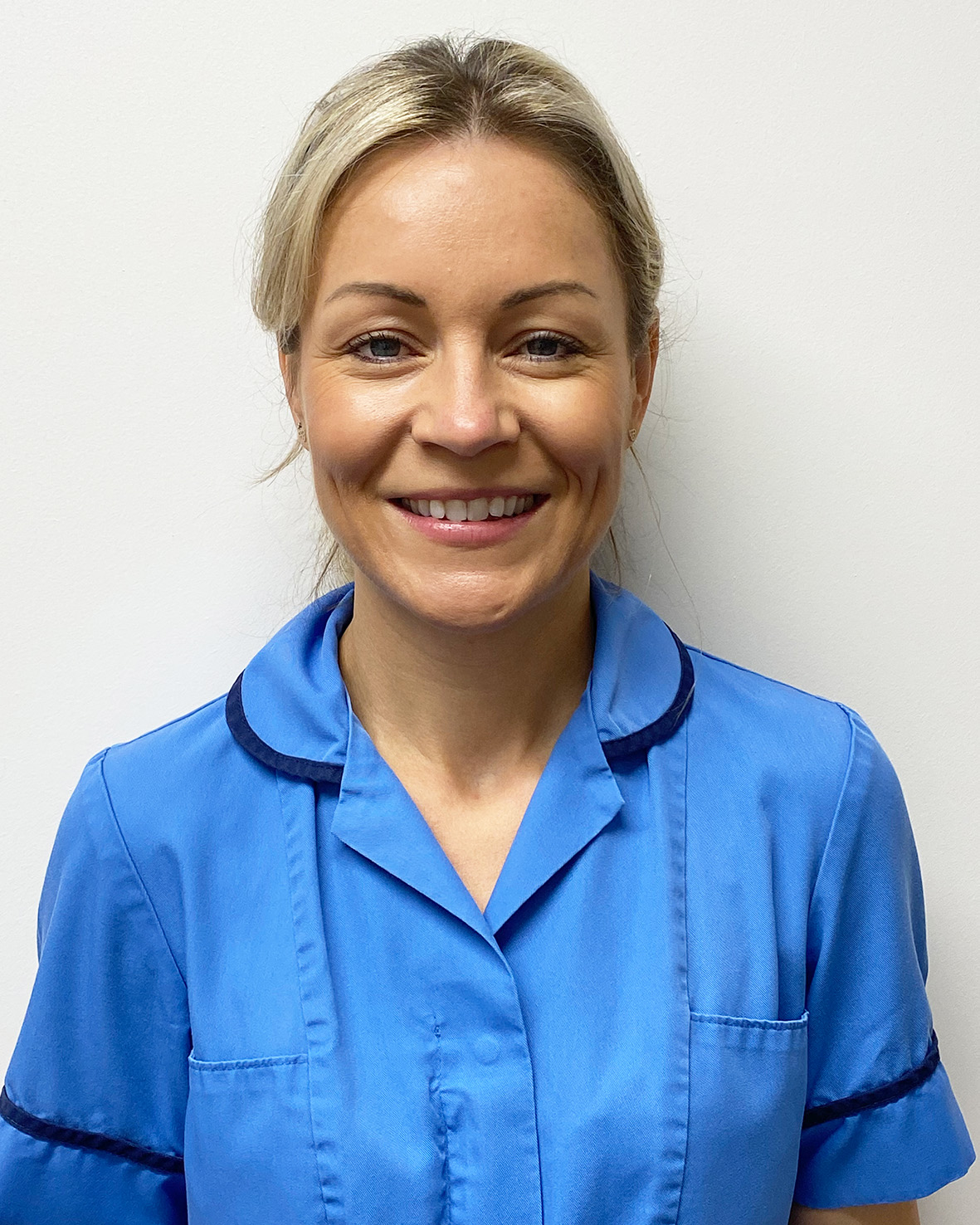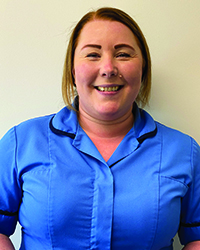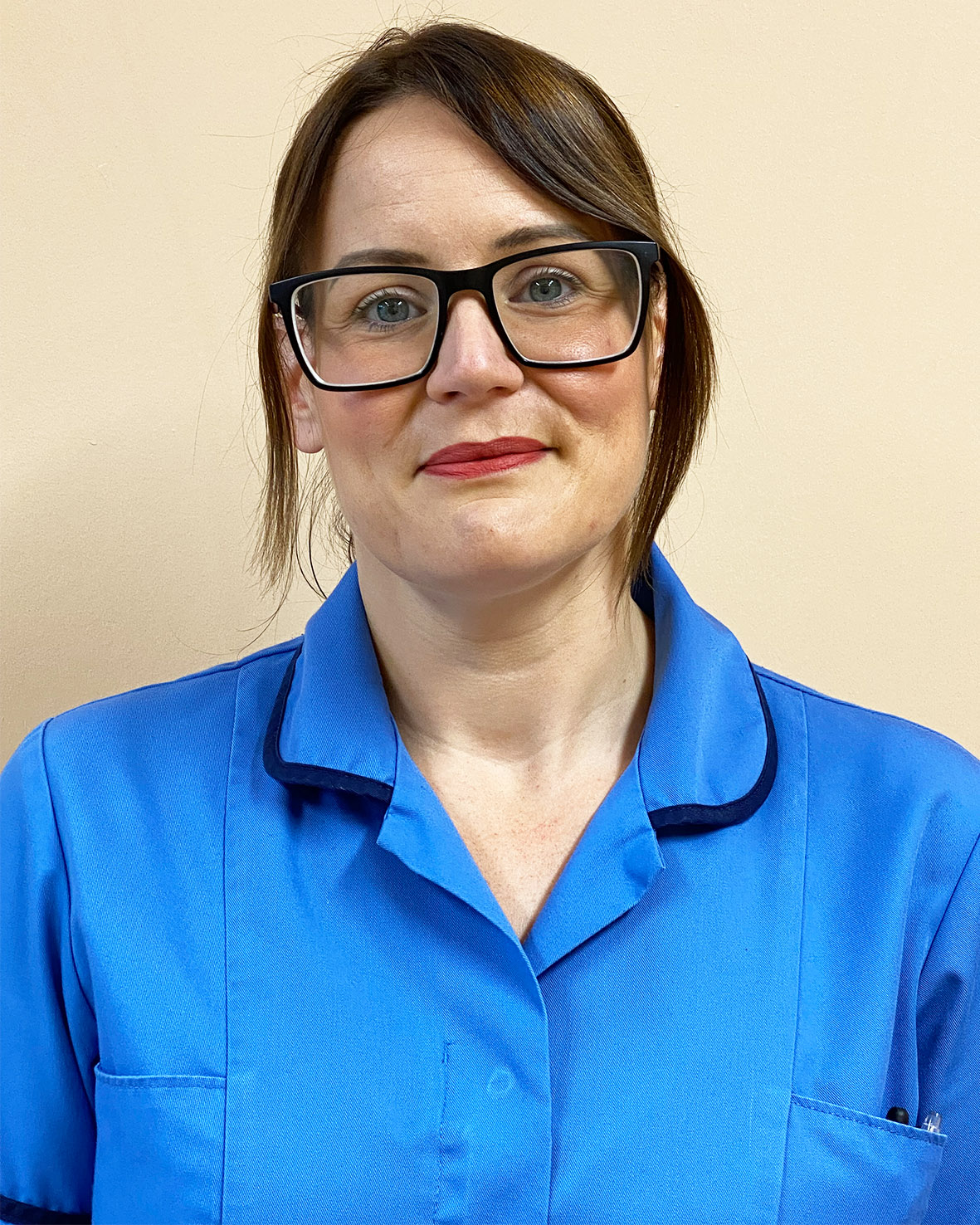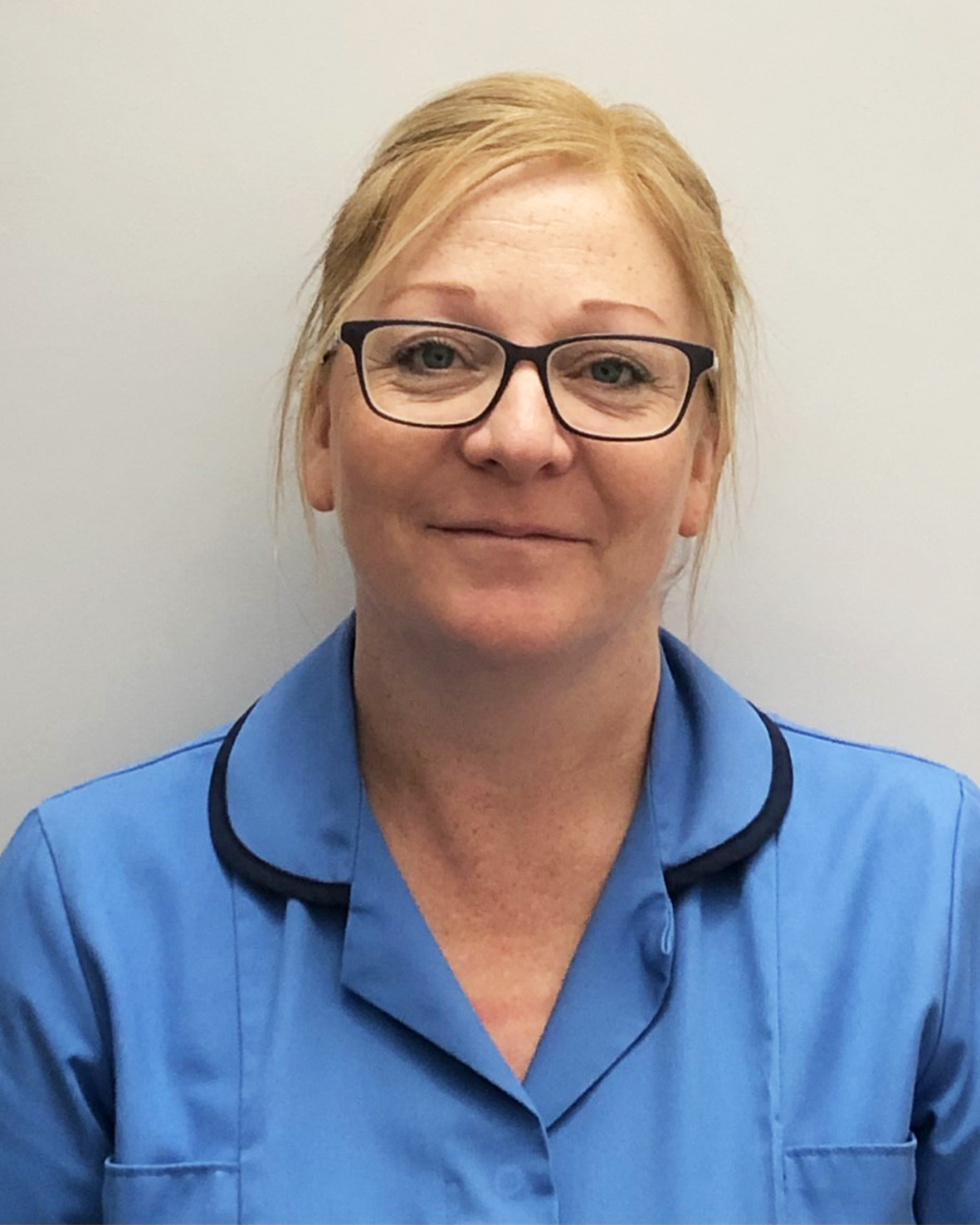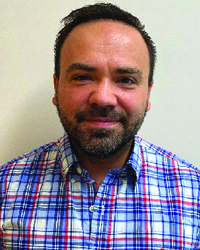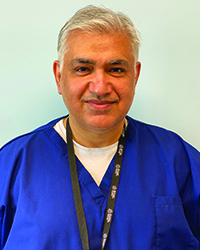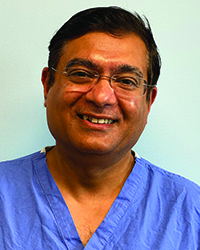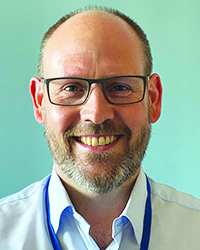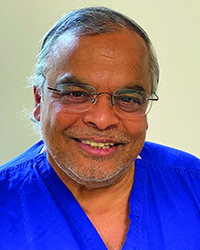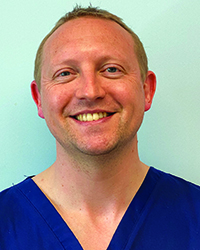Initial consultation
Clinical assessment by a breast specialist. If you have breast symptoms, your GP usually refers you to the breast clinic. This will be a one stop clinic where you have several tests during one visit (a triple assessment). The tests can diagnose breast cancer and other breast conditions. You will have an examination of your breast and an Ultrasound scan and breast x-ray (Mammogram). If these tests show an abnormal area, a doctor or sonographer takes a sample of tissue (a biopsy). Type of biopsy can include Fine Needle Aspiration, Core Biopsy or Punch Biopsy. We will then send it to the laboratory for testing. You might also have other tests.
Imaging
Biopsy
Additional investigation for some patients
Pre-assessment clinics and anaesthetic assessment
Surgery
-
- Wide local excision
- Wire mark ups
- Sentinel node biopsy
- Nuclear medicine needs directions
Axillary Clearance
Patient leaflet: Information, advice and exercises for patients having Breast Surgery involving Axillary Node Dissections (HEY-145/2015)
- Mastectomy
Patient Leaflet: Information, Advice and Exercises for Patients Having Breast Surgery (HEY147/2018)
- Reconstruction
- Implants
- Meshes:
During the operation, your surgeon may also use a surgical mesh called an acellular dermal matrix (ADM). This helps to keep the implant in place and create a natural droop. The mesh can be synthetic or made from pig skin or cow skin. Using pig or cow skin might not be acceptable to some women. Talk to your surgeon if this applies to you. In women with large breasts, the surgeon can reduce the size of the opposite breast and use some of the spare skin to cover and support the implant instead of using ADM.
- ALCL:
A small number of women who have implants can develop a rare type of lymphoma of the breast (cancer). You will have regular follow up appointments after surgery and your surgeon will check for any signs of lymphoma. Let your surgeon know if you notice any lump in the breast or if the breast becomes swollen. This type of lymphoma is usually easy to treat with surgical removal of the lymphoma and the implant. There are studies to find out more about this. In one study doctors want to understand more about how changes to certain genes, proteins, and sugars could affect how ALCL develops. This may help develop new treatments for this condition in the future.
- Autologous - Breast reconstruction using body tissue.
Your surgeon can reconstruct your breast by:
- using a flap from your back (latissimus dorsi flap)
- using just skin and fat from the abdomen (DIEP reconstruction)
- reshaping the remaining breast tissue (therapeutic mammoplasty)
- partial breast construction
- Lateral Intercostal Artery Perforator flap reconstruction (LICAP):
This type of operation is suitable for some patients who have their breast cancer in the outer part of the breast. The procedure aims at replacing the lost breast tissue (removed at the time of cancer surgery) with skin and fat.
Neoadjuvant therapy
Neoadjuvant therapy means using a therapy to target the cancer cells before your main treatment. This may include:
- Chemotherapy
- Endocrine therapy
- Marker clips:
Marker clips are sometimes used before treatment in your lymph nodes and breast tumours to enable us to see where the cancer was.
Breast Cancer Support
After surgery
Dressings clinics
Post-operative results clinic
After your surgery, you will be seen by a surgeon to talk about the findings from your operation. At this clinic we will be able to see how you are getting better after surgery. And we can talk about future plans. This would include whether you need any more surgery or other treatment and your follow-up plan.
Follow up clinic
This clinic will help with the management of your condition, and also give you all-round support and guidance, and you will be told who to contact if you have any new symptoms.
Most patients will go into a after care programme. We will give you yearly mammography, education and a follow-up plan made after you meet your breast care nurse. This also means you can come back into clinic if you tell your nurse about a new symptom.
Women under 50 will have mammograms every year, until you are invited for routine breast screening.
Women over 50 years will have mammograms every year for 5 years. After that you will have routine breast screening as part of the National Screening Programme.
Mammograms after having a mastectomy - You would have a mammogram of the opposite breast if you’ve had a mastectomy. This means if you have a mastectomy of the right breast, you only have a mammogram of the left breast.
Breast screening - The NHS Breast Screening Programme invites all women from the age of 50 to 70 for screening every 3 years.

